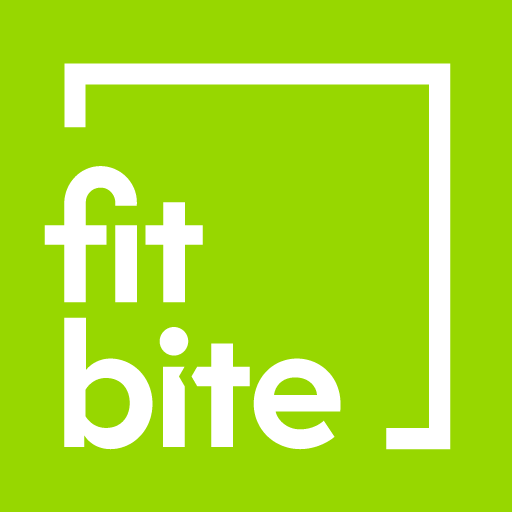Complete Health Orthodontics
Schedule AppointmentVirtual Dental Consultations
Quality dental care from the comfort of your own home. We now offer virtual dental consultations for our patients. Speak with Dr. Hallman without having to visit our office.
Read Our Full Covid-19 Safety Protocol
ASK A TEAM MEMBER ABOUT OUR MONTHLY PROMOTIONS!
Text Us! 301.654.7910
Have a dental question? Here for your appointment? We are here to help you with all of your dental needs. Now you can conveniently text us at 301.654.7910
Teeth are just the start of it.
With over two decades of hospital experience, we provide care that goes further than braces. We believe in a holistic, comprehensive approach where we evaluate the whole picture. Through this, we develop custom, proven treatments based on each patient’s unique needs. We consider not just your teeth but also your head, neck, jaw joints, and airway. We know we need to determine the cause of your discomfort before we can determine a cure. We specialize in using oral health to find solutions for headaches, migraines, misalignments, sleep issues and more – all while creating a beautiful smile. At Fit Bite Orthodontics, our goal is to help each patient reach their optimal health.
Temporalis
The temporal muscle or temporalis, is one of the muscles of mastication or chewing. The primary functions are to assist in closing the lower jaw and bring the lower jaw back. Trigger points in this muscle refer to the teeth causing sensitive teeth and tooth pain. The trigger points also refer to the area above the eye and the temple causing headaches.
Trapezius
The trapezius muscle is a muscle that contributes to posture and active movement. It has contribution to the movement of the head, neck, shoulders, and arms. It is used to turn and extend the head and neck, to move and steady the shoulders – like shrugging, and to twist the arms. The trapezius muscle moves the scapula, or shoulder blade. Trigger points to the upper part of the muscle refer pain to the lateral neck and temples. This can cause a tension neck ache. The middle and lower parts of the muscle develop trigger points that refer pain to the back of the neck and shoulders. This muscle not only gets the most trigger points but is also a common cause of headache.
Sternocleidomastoid
The sternocleidomastoid muscle is a large cervical muscle that rotates and flexes the head. Trigger pints can refer to the cheek, back of the head, forehead, ear. They can contribute to tension headaches and cause postural dizziness.
Occipital Muscles
The occipital muscles are a group of four muscles on the underside of the occipital bone. They are responsible for turning the head and extend the neck. Trigger points in these muscles refer pain to the occiput, eyes, and forehead. The pain is often difficult to localize and is often described as being “all over”. These triggers points are usually the cause of tension headaches.
Headache
Often, chronic migraines and headaches are related to imbalances in the musculoskeletal system in the head, neck, jaws and teeth. These imbalances cause tension and inflammation that can lead to headaches.
Teeth
Irregular tooth position or malocclusion can create functional stresses that lead to micro trauma. This micro-trauma can develop into pain, wear, overload, and muscle hyperactivity of the facial and chewing muscles. It can be associated with clenching or grinding of the teeth and abnormal tooth wear. Trigger points in these muscles can refer pain to the teeth, neck and shoulders causing pain and headache.
Facial
Facial muscles are a group of striated muscles that lie beneath the skin. They control facial expressions and movement. Just underneath these muscles are the chewing muscles or muscles of mastication. These muscles include the masseter, pterygoids, and the digastric muscles. These muscles are responsible for the movements of the jaw. They also attach to the cartilage disc in the jaw joints. The masseter muscle is a very strong muscle that can get tight with bruxism. It frequently has trigger points. Trigger points in the muscles of mastication can refer pain to the upper and lower face, teeth, and the temporal region.
Jaw Joints
The temporomandibular joints or jaw joints act as a sliding hinge and connect the jaw bone to the skull. Much like other joints they have a capsule, a disc or meniscus, and ligament attachments. Also like other joints in the body they can be damaged and cause pain. The most likely causes are trauma, disc displacement, degenerative joint disease, capsulitis, or condylar malposition resulting in reduced joint space. Damage to these joints can contribute to pain in the joint itself or referred pain to face, neck, ear, or teeth, or headaches.
Proudly serving: Chevy Chase, MD | Washington, DC | Tenleytown | Friendship Heights | Bethesda | North Bethesda | Potomac | Rockville | Gaithersburg | McClean VA | Northern VA








